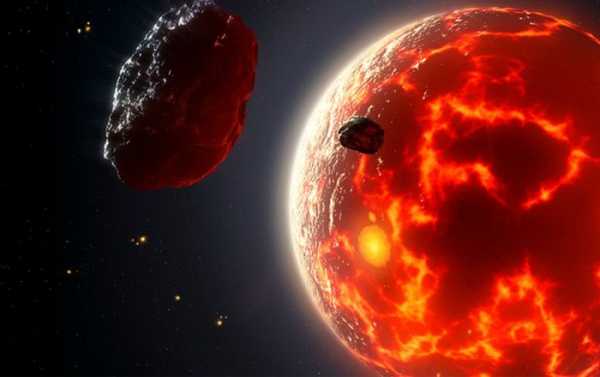
A team of university researchers has found that the probability of scientists discovering Earth-like planets within their early stages of formation is actually higher than previously presumed.
New research published in The Astrophysical Journal from scientists at the UK’s University of Sheffield noted that there are many more stars in space that are comparable to our solar system’s sun than expected in the groups of Milky Way stars the study examined, according to the school’s June 5 news release on the matter.
As a result, there is a higher chance of finding “magma ocean planets” – or Earth-like planets still in their early stages of being formed from the collisions of rocks and smaller planets – than previously assumed.
The school’s release highlighted that other researchers involved in the study were undergraduate students given the opportunity to apply skills previously learned in relevant courses.
“The locations where we would find these planets are so-called ‘young moving groups’ which are groups of young stars that are less than 100 million years old – which is young for a star,” the professor added.
Parker noted that previous observations from the Gaia space telescope assisted researchers in finding additional stars belonging to the aforementioned groups.
The research team now plans to use computer simulations to help explain the origin of the young moving groups of stars.
“It was rewarding to see a physical application of the computer coding we learnt in our degree by sampling the initial mass distribution of stars and how this can relate to the future of exoplanet detection.”
Sourse: sputniknews.com






